Home>Gardening & Outdoor>Landscaping Ideas>How To Get Rid Of Wild Grass
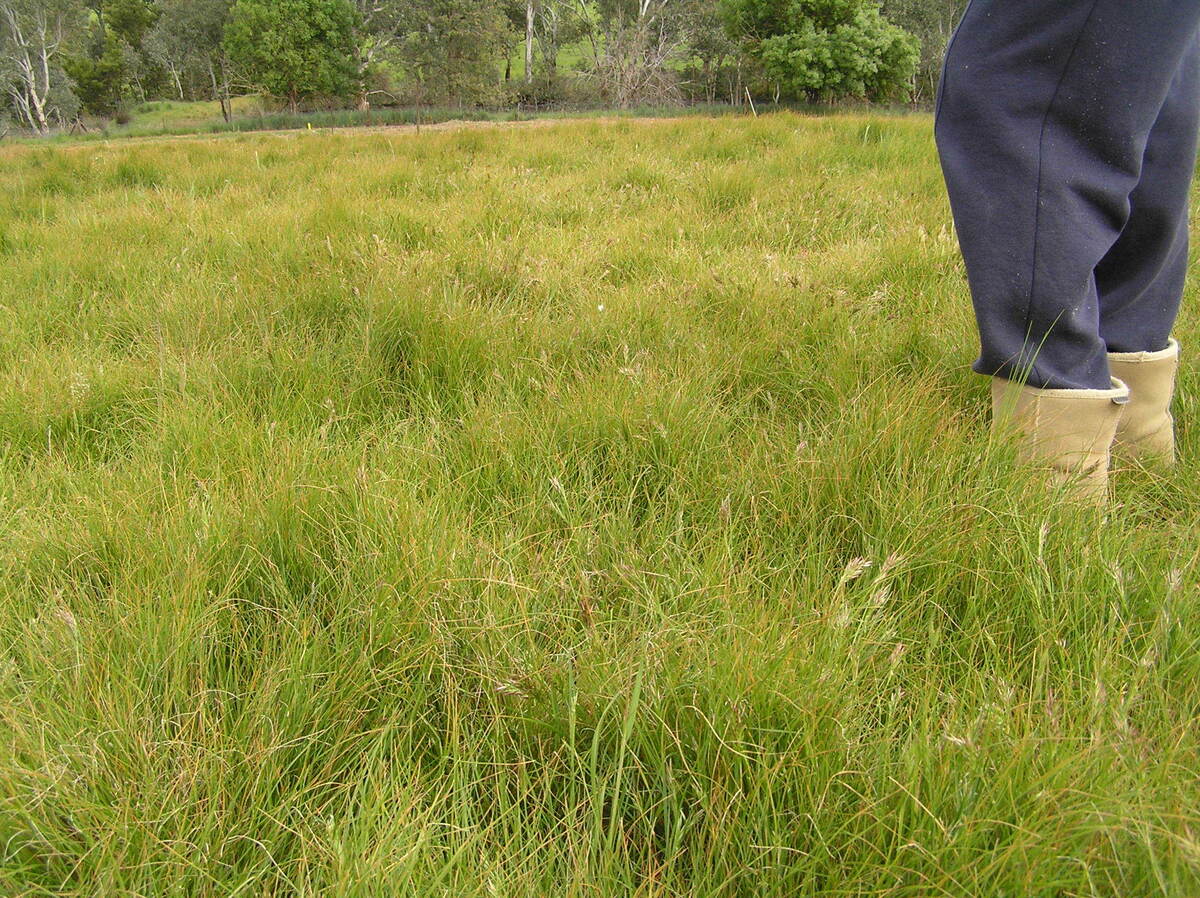

Landscaping Ideas
How To Get Rid Of Wild Grass
Modified: October 18, 2024
Learn effective landscaping ideas to eliminate wild grass and create a pristine outdoor space. Discover expert tips for removing unwanted grass.
(Many of the links in this article redirect to a specific reviewed product. Your purchase of these products through affiliate links helps to generate commission for Storables.com, at no extra cost. Learn more)
Introduction
Wild grass can be a persistent nuisance in any landscape, disrupting the uniformity and beauty of a well-maintained garden or yard. Its rapid growth and invasive nature often make it a challenging adversary for homeowners and gardeners. However, with the right strategies and techniques, it is possible to effectively manage and eliminate wild grass, restoring the desired aesthetic and health of your outdoor space.
In this comprehensive guide, we will explore various methods for getting rid of wild grass, ranging from manual removal to chemical treatments. Additionally, we will delve into preventive measures to hinder the regrowth of wild grass, ensuring long-term success in maintaining a pristine landscape.
Whether you're dealing with unsightly patches of wild grass in your lawn or aiming to reclaim control over your garden beds, this article will equip you with the knowledge and insights needed to tackle the issue head-on. By understanding the nature of wild grass and implementing targeted removal and prevention strategies, you can transform your outdoor space into a flourishing and visually appealing environment.
Key Takeaways:
- Say goodbye to wild grass by hand-pulling, digging, and using mulch. Prevent its return with proper lawn care and vigilant monitoring. Keep your outdoor space lush and free from invasive grass!
- Tackle wild grass with manual removal and targeted herbicides. Prevent its comeback with dense plantings, mulching, and soil health management. Enjoy a thriving, wild grass-free landscape!
Understanding Wild Grass
Wild grass, also known as invasive grass, is a term used to describe various species of grass that exhibit aggressive growth patterns and have a tendency to spread rapidly, often outcompeting desired plants in a landscape. These resilient grasses can thrive in a wide range of environmental conditions, making them particularly challenging to control. Understanding the characteristics and behavior of wild grass is crucial for devising effective removal and prevention strategies.
Characteristics of Wild Grass
Wild grass species typically possess several common traits that contribute to their invasive nature. These include:
-
Rapid Growth: Wild grasses are known for their vigorous growth rates, quickly establishing dense patches that can overtake surrounding vegetation.
-
Adaptability: These grasses are highly adaptable to diverse soil types and environmental conditions, allowing them to flourish in various landscapes.
-
Aggressive Reproduction: Many wild grass species reproduce prolifically through seeds, rhizomes, or stolons, enabling them to spread rapidly and establish new colonies.
-
Competitive Advantage: Wild grasses often outcompete desirable plants for essential resources such as water, nutrients, and sunlight, leading to the suppression of ornamental vegetation.
Common Types of Wild Grass
Several common varieties of wild grass are frequently encountered in landscapes, including:
-
Crabgrass (Digitaria spp.): A prevalent warm-season annual grass that invades lawns and garden beds, characterized by its low-growing, spreading habit.
-
Quackgrass (Elymus repens): A persistent perennial grass with aggressive rhizomes, capable of rapidly colonizing lawns and garden areas.
-
Bermudagrass (Cynodon dactylon): A warm-season perennial grass known for its rapid spread via both seeds and underground rhizomes, often encroaching upon desired turfgrass species.
Environmental Impact
The unchecked proliferation of wild grass can have detrimental effects on the ecological balance of a landscape. Invasive grasses can displace native flora, diminish biodiversity, and alter habitat dynamics, impacting local wildlife and ecosystem stability. Furthermore, their rapid growth can contribute to soil erosion and hinder the establishment of desired plant species, posing significant challenges for landscape management and conservation efforts.
By gaining a comprehensive understanding of the characteristics, behavior, and ecological impact of wild grass, individuals can develop targeted strategies to effectively combat its encroachment and mitigate its adverse effects on the landscape. Through informed management practices and proactive measures, it is possible to regain control over outdoor spaces and foster the flourishing of desirable vegetation.
Read more: How To Get Rid Of Crabgrass
Manual Removal Methods
When it comes to combating wild grass without resorting to chemical treatments, manual removal methods offer an effective and environmentally friendly approach. While labor-intensive, these techniques can yield significant results in controlling and eradicating invasive grass species from your landscape. Here are several manual removal methods that can be employed to tackle wild grass infestations:
Hand Pulling:
Hand pulling is a straightforward yet labor-intensive method for removing wild grass from garden beds, lawns, and other landscaped areas. It involves manually grasping the base of the grass clump and gently pulling it from the soil, ensuring that the entire root system is extracted. This method is particularly effective for addressing isolated patches of wild grass and preventing their spread.
Digging and Tilling:
For more extensive infestations or persistent perennial grasses with deep root systems, digging and tilling can be employed to physically uproot and disrupt the growth of wild grass. Utilizing a garden shovel or trowel, carefully excavate the soil around the grass clumps, aiming to remove the entire root structure. Tilling the soil can further disturb the grass's rhizomes or stolons, impeding their ability to regenerate.
Sod Removal:
In cases where wild grass has infiltrated a lawn or turf area, sod removal can be an effective method for targeted eradication. Using a sod cutter or sharp spade, carefully cut out sections of the affected turf, ensuring that the underlying soil and grass roots are completely removed. This approach allows for precise removal of invasive grass patches while minimizing disruption to the surrounding lawn.
Read more: How To Get Rid Of Grasshoppers
Mulching and Smothering:
Applying a thick layer of organic mulch, such as wood chips or straw, over areas infested with wild grass can help suppress its growth by depriving it of sunlight and impeding its access to essential resources. Additionally, smothering the grass with a non-permeable material, such as heavy-duty landscaping fabric, can effectively inhibit its ability to proliferate, ultimately leading to its demise.
Repeated Mowing and Edging:
Regular mowing and edging of lawns and landscaped areas can aid in controlling the spread of wild grass by preventing it from producing seeds and limiting its ability to establish dense patches. By consistently maintaining a well-groomed lawn and defining clear borders between grassy areas and garden beds, the encroachment of wild grass can be mitigated over time.
By implementing these manual removal methods in a targeted and consistent manner, homeowners and gardeners can effectively combat wild grass infestations while promoting the health and vitality of their landscapes. While manual removal may require ongoing effort, it offers a sustainable and environmentally conscious approach to managing invasive grass species without relying on chemical interventions.
Chemical Removal Methods
Chemical removal methods provide an alternative approach for addressing persistent and widespread wild grass infestations, offering targeted solutions to effectively eradicate invasive grass species. When utilized judiciously and in accordance with product instructions, herbicidal treatments can play a valuable role in managing and controlling wild grass, particularly in scenarios where manual removal alone may be insufficient. It is important to exercise caution and adhere to safety guidelines when employing chemical control methods, ensuring minimal impact on non-target vegetation and the surrounding environment.
Selective Herbicides:
Selective herbicides are formulated to specifically target and eliminate certain types of grass while sparing desirable broadleaf plants, making them a valuable tool for managing wild grass in lawns and turf areas. These herbicides contain active ingredients that disrupt the growth and development of grassy weeds, effectively suppressing their vigor and inhibiting their ability to compete with cultivated turfgrass. Selective herbicides are available in both pre-emergent and post-emergent formulations, allowing for targeted application based on the stage of wild grass growth.
Read more: How To Get Rid Of Crabgrass In Yard
Non-Selective Herbicides:
In cases where wild grass encroaches upon non-turf areas such as gravel pathways, driveways, or ornamental beds, non-selective herbicides can be utilized to achieve comprehensive control. These broad-spectrum herbicides are designed to eradicate a wide range of plant species, including both grasses and broadleaf weeds. When applied carefully and with precision, non-selective herbicides can effectively eliminate invasive grasses, providing a clean slate for subsequent landscaping efforts.
Systemic Herbicides:
Systemic herbicides are absorbed by the foliage or roots of targeted plants and translocated throughout their vascular systems, delivering a lethal impact on the entire plant. This mode of action makes systemic herbicides particularly effective for addressing perennial wild grasses with extensive root systems, as the herbicidal activity is distributed throughout the plant, ensuring thorough eradication. Systemic herbicides offer long-term control by targeting the internal physiological processes of invasive grasses, ultimately leading to their demise.
Contact Herbicides:
Contact herbicides exert their effects upon direct contact with the foliage of targeted plants, causing rapid desiccation and destruction of the plant tissues. While contact herbicides may not provide long-term control of wild grass, they can be valuable for immediate suppression and visual eradication of unwanted grassy growth. These herbicides are particularly useful for spot treatments and managing localized infestations, offering a targeted approach to addressing specific areas of concern.
By integrating chemical removal methods into an overall weed management strategy, property owners and landscapers can effectively address wild grass infestations while preserving the health and aesthetics of their outdoor spaces. It is essential to prioritize safety, environmental responsibility, and adherence to local regulations when utilizing herbicidal treatments, ensuring that the application is conducted with precision and care. When employed thoughtfully and in conjunction with preventive measures, chemical removal methods can contribute to the successful eradication of wild grass, allowing for the cultivation of thriving and visually appealing landscapes.
Preventing Wild Grass from Coming Back
Preventing the resurgence of wild grass is essential for maintaining a pristine and well-manicured landscape. After implementing removal methods, it is crucial to employ preventive measures to inhibit the regrowth and re-establishment of invasive grass species. By integrating proactive strategies into your landscape management approach, you can create an environment that is less conducive to the proliferation of wild grass, promoting the flourishing of desired vegetation. Here are several effective methods for preventing wild grass from making a comeback:
Read more: How To Get Rid Of Gnats In Grass
Proper Lawn Care and Maintenance
Maintaining a healthy and robust lawn is key to minimizing the opportunity for wild grass to take hold. Regular mowing at the appropriate height for your turfgrass species can help prevent wild grass from producing seeds and spreading. Additionally, core aeration and dethatching can improve soil aeration and reduce the likelihood of wild grass encroachment, promoting the vigor of desirable grass species.
Dense Plantings and Ground Cover
Creating dense plantings and ground cover in garden beds and landscaped areas can help suppress the growth of wild grass by shading the soil and outcompeting invasive grasses for resources. Utilizing a diverse array of ornamental plants, shrubs, and ground covers can create a layered and densely planted landscape that inhibits the establishment of wild grass.
Mulching and Landscape Fabric
Applying a layer of organic mulch to garden beds and around ornamental plants not only conserves soil moisture and suppresses weed growth but also acts as a barrier to inhibit the emergence of wild grass. Similarly, landscape fabric or weed barriers can be installed beneath mulch to prevent the penetration of wild grass and other invasive weeds, providing long-term suppression.
Vigilant Monitoring and Prompt Intervention
Regularly inspecting your landscape for any signs of wild grass resurgence is crucial for early detection and intervention. Promptly addressing any emerging wild grass shoots or seedlings can prevent the establishment of new infestations. Hand-pulling or spot-treating with herbicides can effectively manage isolated occurrences before they escalate.
Read more: How To Get Rid Of Grass Stickers
Soil Health and Fertility Management
Maintaining optimal soil health and fertility can contribute to the resilience of desirable plants while creating less favorable conditions for wild grass. Conducting soil tests and amending the soil with organic matter and appropriate nutrients can promote the robust growth of ornamental vegetation, reducing the opportunity for invasive grasses to take root.
By integrating these preventive measures into your landscape maintenance routine, you can significantly reduce the likelihood of wild grass making a comeback, ensuring that your outdoor space remains vibrant, healthy, and free from invasive encroachments. Through proactive management and a focus on creating an environment that is conducive to desirable plant growth, you can effectively safeguard your landscape against the resurgence of wild grass, allowing for the sustained beauty and vitality of your outdoor environment.
Conclusion
In conclusion, the management of wild grass in a landscape requires a multifaceted approach that encompasses understanding the characteristics of invasive grass species, employing effective removal methods, and implementing preventive measures to deter their resurgence. By gaining insight into the rapid growth, adaptability, and competitive nature of wild grass, property owners and landscapers can develop targeted strategies to combat its encroachment and mitigate its adverse effects on the landscape.
Manual removal methods, such as hand pulling, digging and tilling, sod removal, mulching, and repeated mowing, offer sustainable and environmentally friendly approaches to addressing wild grass infestations. These labor-intensive techniques, while requiring ongoing effort, can yield significant results in controlling and eradicating invasive grass species from lawns, garden beds, and landscaped areas. Additionally, chemical removal methods, including selective and non-selective herbicides, systemic and contact herbicides, provide targeted solutions for managing persistent and widespread wild grass infestations, contributing to the successful eradication of invasive grasses when employed with care and precision.
Furthermore, preventing the resurgence of wild grass is paramount for maintaining a pristine and well-manicured landscape. Through proper lawn care and maintenance, dense plantings and ground cover, mulching, vigilant monitoring, and soil health management, property owners can create an environment that is less conducive to the proliferation of wild grass, promoting the flourishing of desired vegetation while inhibiting the regrowth of invasive species.
By integrating these comprehensive strategies into landscape management practices, individuals can transform their outdoor spaces into thriving and visually appealing environments, free from the persistent encroachment of wild grass. The collective implementation of these methods not only contributes to the aesthetic enhancement of landscapes but also fosters ecological balance, biodiversity, and habitat preservation.
In essence, the effective management of wild grass requires a proactive and holistic approach that encompasses removal, prevention, and ongoing maintenance. By leveraging a combination of manual and chemical removal methods, along with preventive measures, property owners and landscapers can reclaim control over their outdoor spaces, fostering the sustained beauty and vitality of their landscapes for years to come.
Frequently Asked Questions about How To Get Rid Of Wild Grass
Was this page helpful?
At Storables.com, we guarantee accurate and reliable information. Our content, validated by Expert Board Contributors, is crafted following stringent Editorial Policies. We're committed to providing you with well-researched, expert-backed insights for all your informational needs.
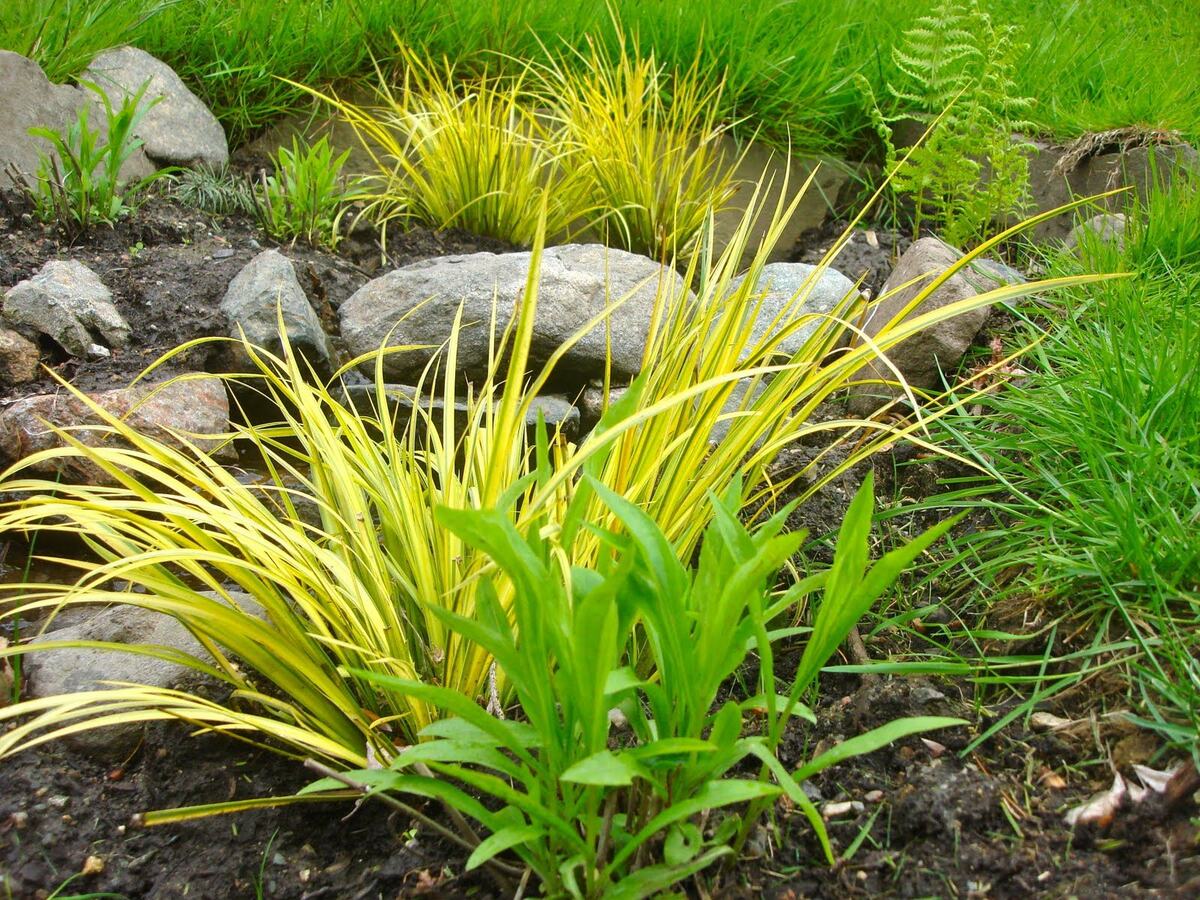
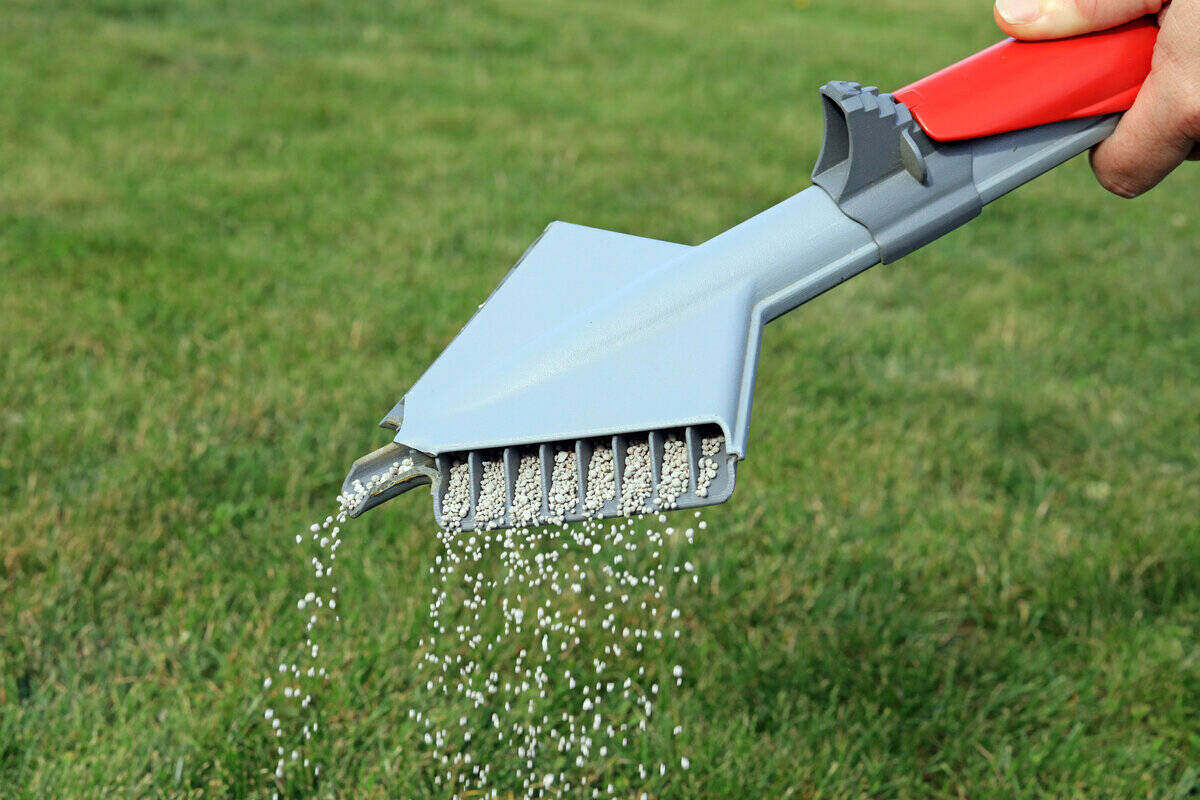
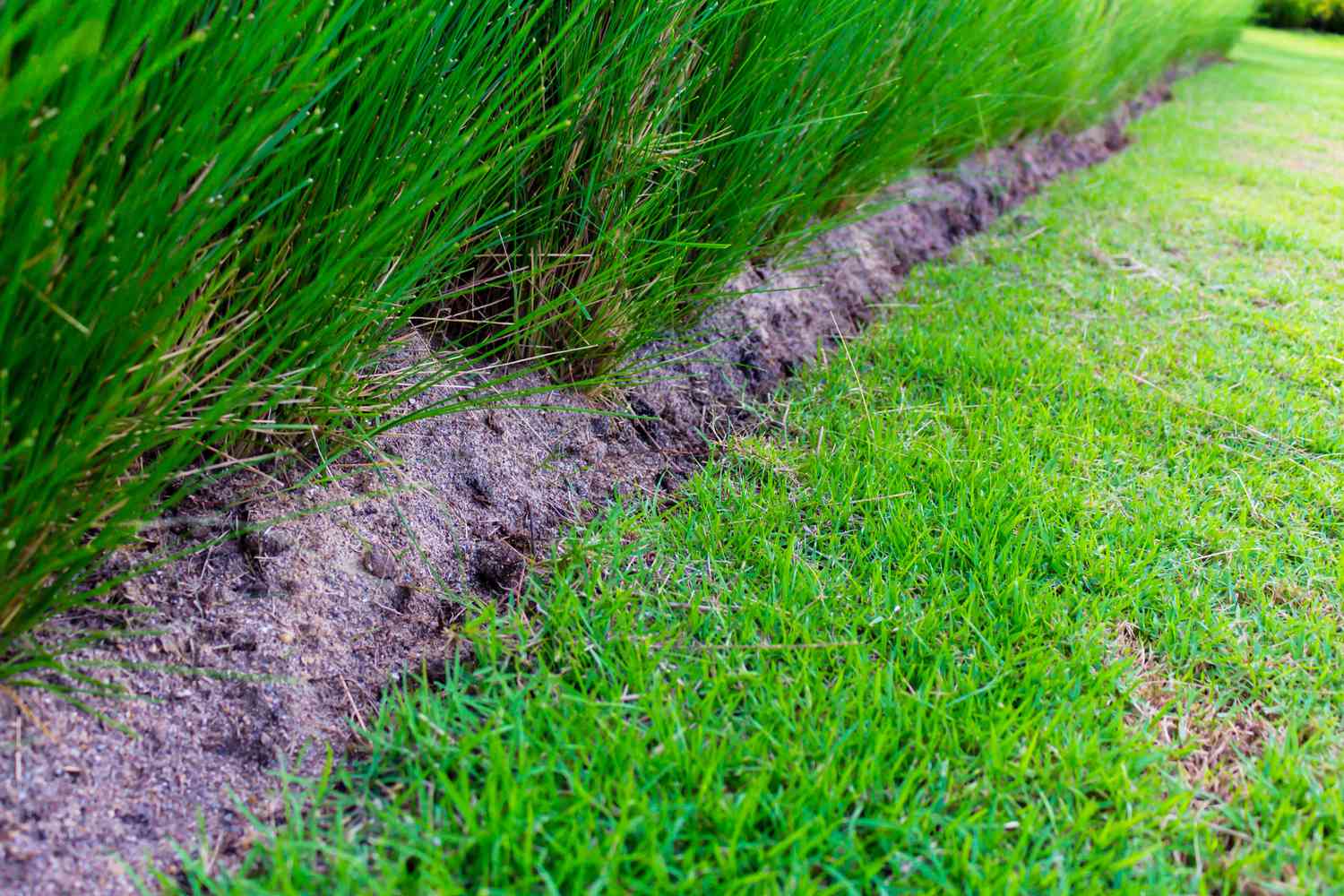
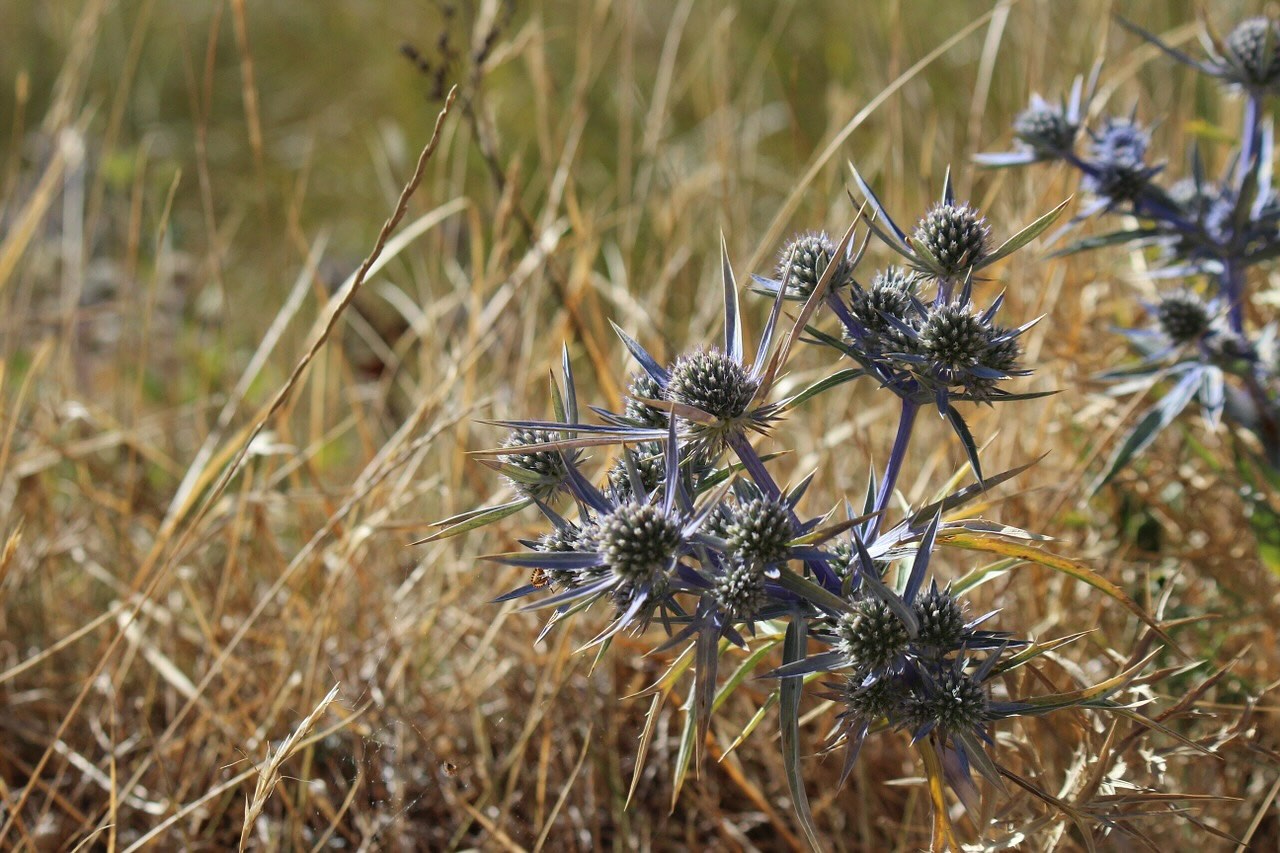







0 thoughts on “How To Get Rid Of Wild Grass”